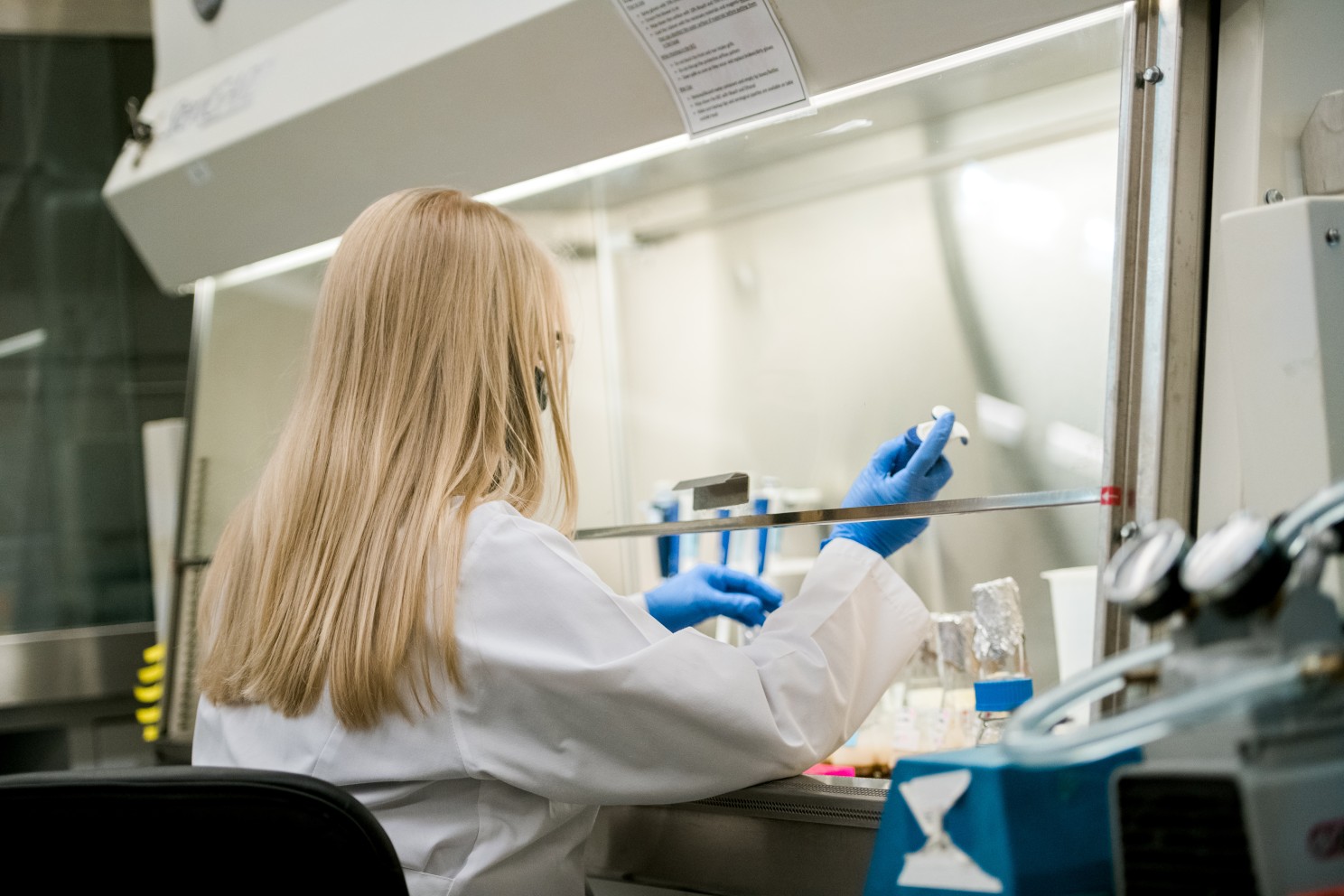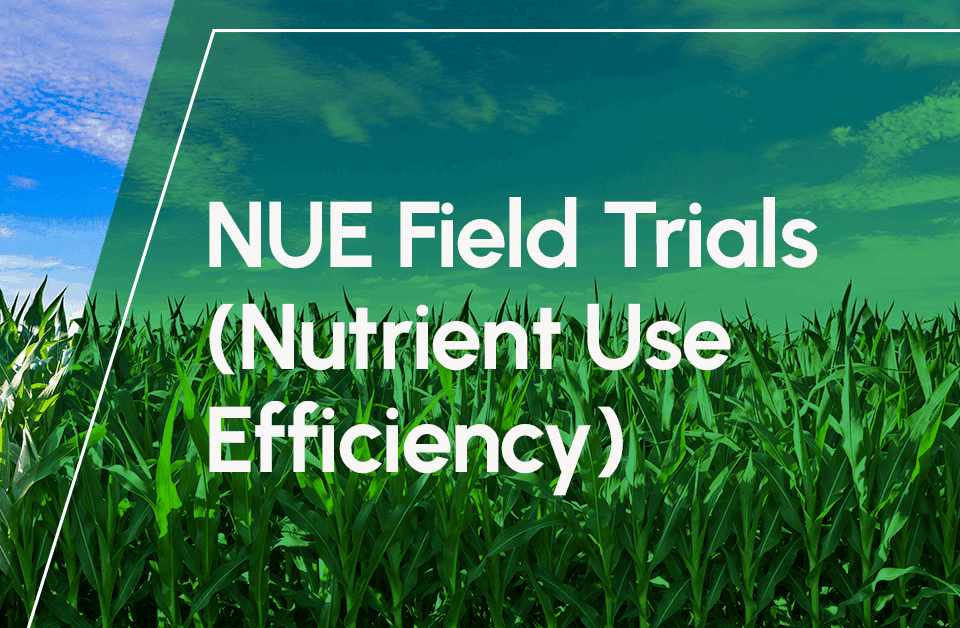
Fast Company Names Elemental Enzymes a World Changing Ideas Winner

Sustainability isn’t an either/or decision
See how Elemental harnesses nature’s Pac-Man for next-level plant health.
How hungry are you? Famished enough for a steak? How about a rib eye as tall as a skyscraper?
Of course you couldn’t consume something that large, even if you skipped breakfast and lunch, but in the microscopic world of soil organisms, feats as impressive as gobbling up building-size cuts of meat happen all the time.
The eating machines in question are enzymes and their voracious appetites provide a vital service to farmers and their crops.
Jorg Augustin, a senior scientist at Elemental Enzymes, explains:
“An enzyme is a biological catalyst. In another way it is a protein. And what is a protein? It is a biological molecule that is made by organisms, and employed by organisms, to catalyze chemical reactions.”
In layman’s terms, it means the billions upon billions of microbes populating soil feed on – and break down – plant waste and other matter that could affect a plant’s ability to develop properly. By absorbing matter much larger than they are, the microbial enzymes remove the growth-hindering material in and around a plant’s root system, making it possible for plant cells to better react to the chemical changes that enhance the plant’s ability to take up beneficial soil nutrients.
It doesn’t happen all at once. Just like munching a 70-story steak, enzymes work on soil matter over time.
“If you’re sitting in front of a steak the size of a skyscraper, how would you eat it? You would probably take a fork and knife and cut small pieces and eat those,” Augustin says. “The fork and knife you would use is pretty much what the enzyme is.
“So you’ve got a little Pac-Man out there taking little bites of large molecules around the microbe. It could be all plant material or other dead microbes, but as biomolecules are released in the soil the enzymes chop it down and make it smaller. And those smaller compounds or broken down products are what the microbe can then absorb.”
Augustin compares what enzymes do to loosening a screw that may be stripped or defective. Sometimes a tool other than a screwdriver – perhaps a wrench – is necessary to get the screw started. Like that makeshift tool, enzymes unlock the plant’s nutrient uptake potential in ways the plant cannot.
Like selecting a tool right for the job, enzymes are not all the same. They are soil specialists, with distinct purposes causing different, but necessary, chemical reactions.

At Elemental Enzymes, Augustin and his team engage in enzyme research and development, taking what nature created and harnessing it for amplified bio-benefits. Understanding each enzymes’ potential and then capturing its benefits through traditional management practices makes Elemental’s enzyme products effective and easy to utilize.
“There are different ways you can apply the enzymes,” Augustin says. “There’s a seed treatment, which means you would coat the enzyme with other treatments onto the seed before it goes into the soil, so the seed is planted with the enzyme already on it. Then the enzyme is released around the seed so it can do its job.”
Other agricultural applications of Elemental Enzymes’ products include disease prevention and treatment, fungal control, insect control and nutrient efficiency. Building a robust platform of integrated bio-amplifiers derived from nature delivers science for sustainable soil and healthy plants. This allows farmers to add bio-benefits to existing products without adjusting on-farm day-to-day management, whether it be by in-furrow planting, seedling drenching, fertigation, or applied directly across soil.
The old saying is true of Elemental’s enzyme products: Big things come in small packages.




